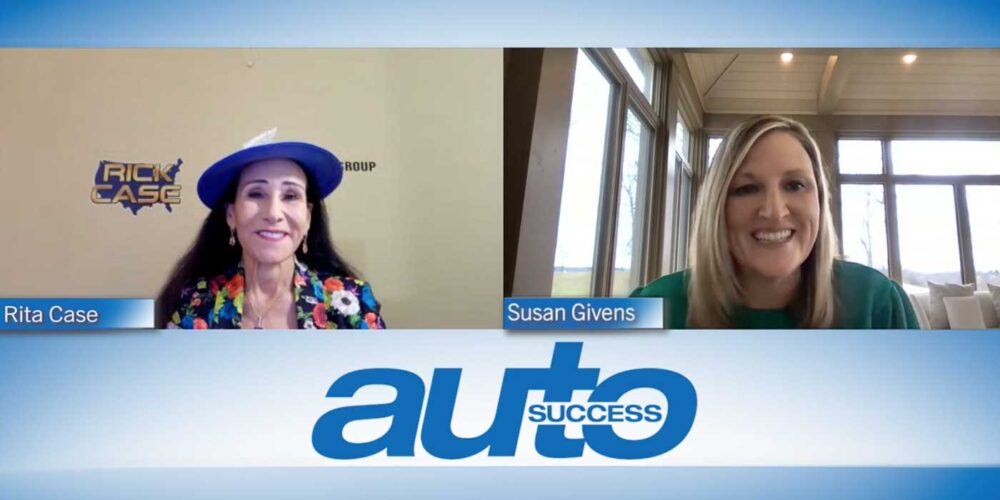In my last article, I discussed the benefits of employee engagement, including better financial performance, improved customer loyalty and retention, improved employee performance and better employee retention.
So, it’s not surprising that employee engagement is a top priority for 85% of executives, according to the Deloitte Global Human Capital Trends study. Here are some practical strategies on how to engage employees.
1. Measure and Monitor Employee Engagement
You’ve heard the saying “You can’t manage what you can’t measure.” Having a way to measure employee engagement is critical. Anonymous surveys are the most common way to do this, and these surveys should be conducted once or twice a year.
However, it’s important that you don’t treat these annual surveys as a transaction, that once done, is put aside until next year. To be successful, you need to adopt an “always on,” continuous listening approach.
Fortunately, new solutions have emerged to assess employee engagement. A new generation of “pulse” survey tools and open anonymous feedback systems allow employees to rate managers, executives and just about everything else at work on a near-real-time basis.
2. Training and Mentoring
Only 50% of employees say their manager meets with them regularly to set goals and objectives, and one in three dealership leaders don’t think their employees understand their career path options, according to a Cox Automotive study.
To keep employees engaged, mentoring and training is critical. Managers should meet regularly with employees to provide them with feedback on how they’re doing and what their career path options are.
3. Adapt Your Leadership Style
Today’s workforce is more diverse than ever. Companies must manage several generations of workers, as well as a mix of genders, races and cultures. Yet despite this highly diverse population, only 11% of companies have a highly inclusive work environment, according to Gallup.
According to the same survey, 47% of companies have cultural barriers that prevent use of part-time people, and a paltry 4% of leaders believe they are effectively engaging millennials and younger generations in the workplace.
If you’re not sure how to adjust your leadership style for a modern workforce, hire an outside consultant who specializes in diversity and leadership training.
4. Servant Leadership
When many dealers started working years ago, a top-down, authoritarian hierarchy was the typical structure and there was a general belief that a cut-throat, high-pressure sales environment drove financial success. But a large and growing body of research suggests otherwise. It turns out that high-pressure environments create workplace stress and disengaged employees, which is bad for business.
The desire to serve is a genuine desire to help others. It’s a leadership style that serves the group interests first and the leader’s interest second. A servant leader becomes a mentor, administrator and facilitator for the group. Servant leaders also make decisions based on what will be the best for their company in the long-term.
5. Address Pay Plans
The traditional dealership business model was designed to optimize profits from every transaction: the sale, F&I, service. We’re one of the few industries left that have 100% variable pay plans, and most dealers still pay salespeople and service advisors based on transactions, instead of on relationships.
In the old days, the view was that gross margin on a vehicle was determined by the ability of the salesperson and sales manager to negotiate. If you think about the number of deals that are now coming through TrueCar, Costco or credit unions, your salespeople don’t have much opportunity to influence gross margins, so why pay them on that basis?
If your dealership hasn’t explored new pay plan structures, it’s time to think about it. Many dealerships have successfully transitioned to different sales models that include base salaries for salespeople.
6. Work/Life Balance
Work/life balance is a big issue with many employees, especially younger workers. Forty-three percent of dealership employees are considering leaving their jobs because they don’t feel there is enough work/life balance, according to a Cox Automotive study. Supporting an appropriate work-life balance for employees shows that you respect them, which can help foster a reciprocal attitude of respect.
If you want to build employee engagement, implement these strategies and don’t forget to ask your employees for feedback! When you show your employees that you value their opinions, the better your employee engagement and retention will be.














